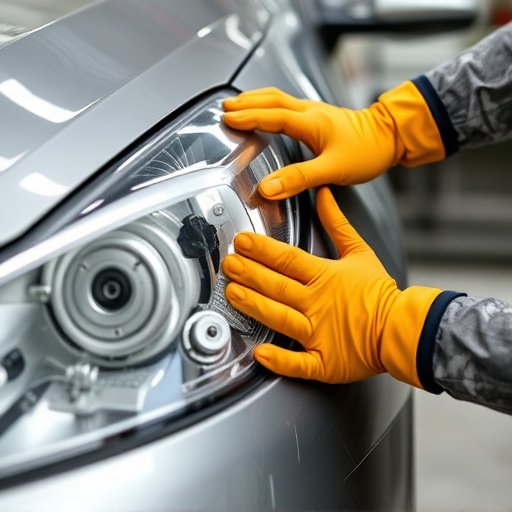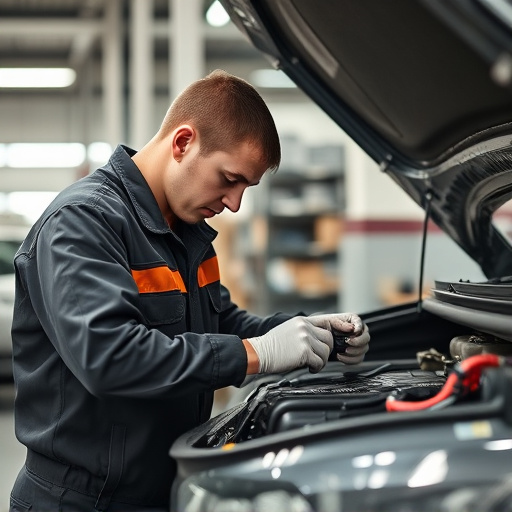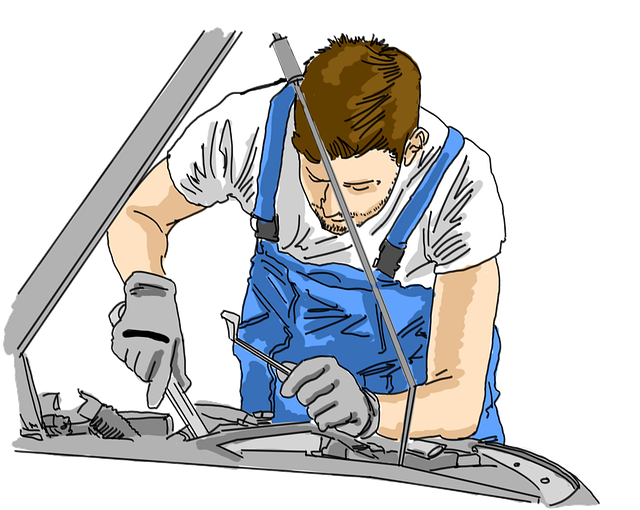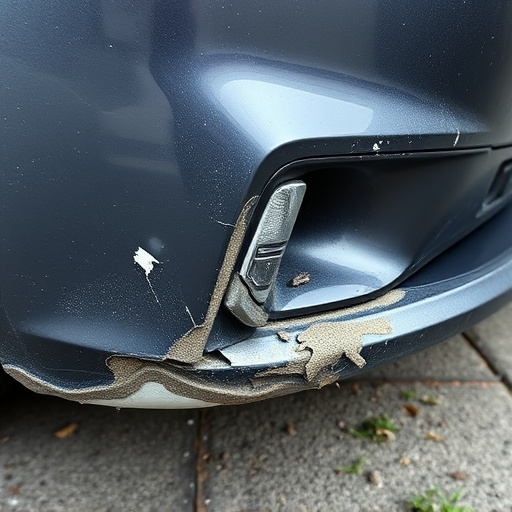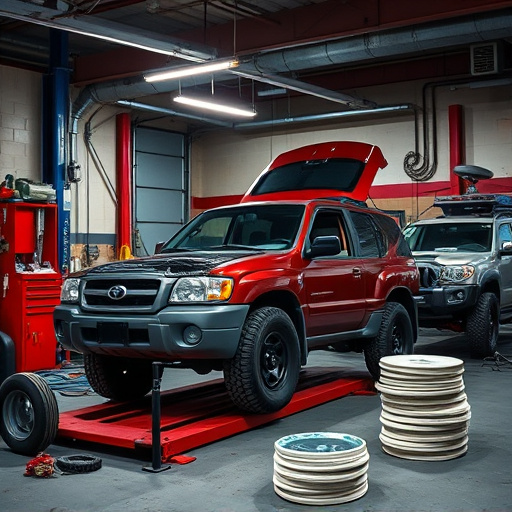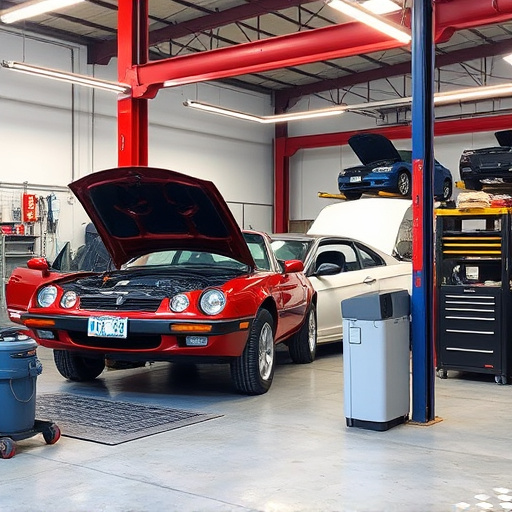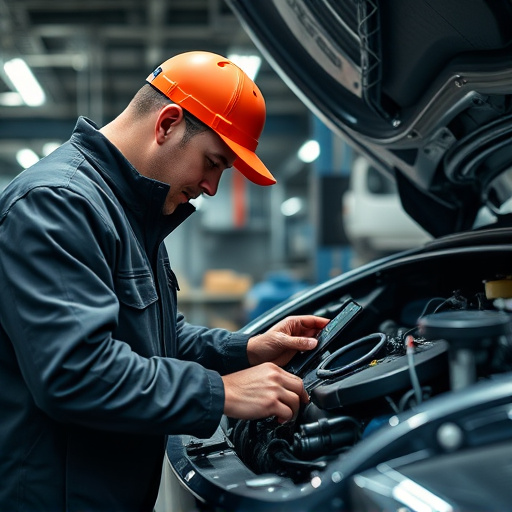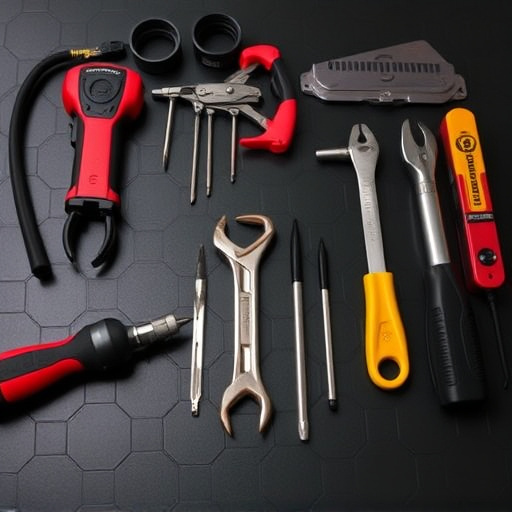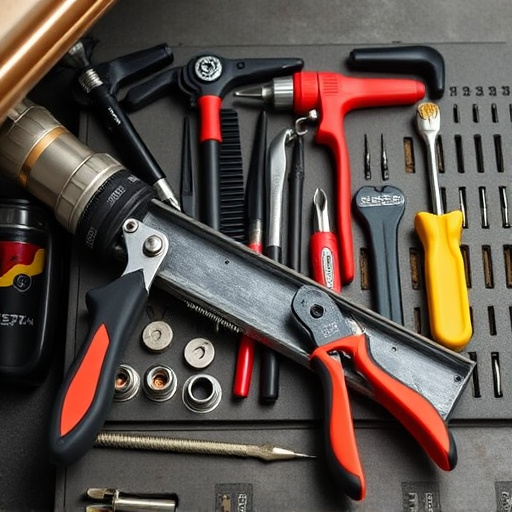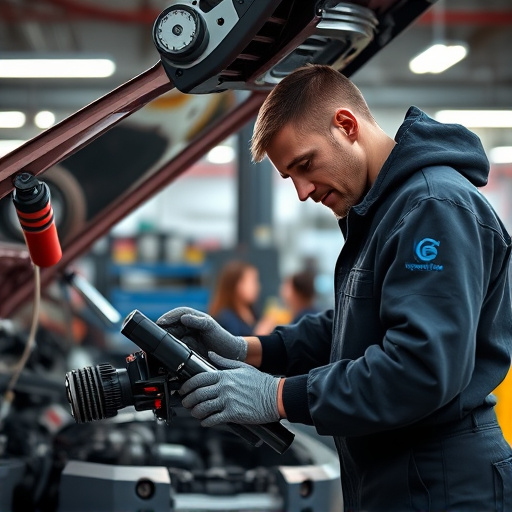New technicians must master fundamentals of technician safety equipment, including protective gear and its proper use, to ensure safe work environments. Training should include both hands-on and theoretical components, focusing on practical manipulation of tools and understanding the significance of each piece of equipment. Continuous learning through regular refresher courses and workshops reinforces best practices and adapts to industry standards and new technologies in auto collision centers.
New employees in any shop, especially those handling technical machinery, must be proficient in using appropriate safety equipment. This article explores effective strategies for training new hires on technician safety equipment usage. We break down essential components into three key sections: understanding basic safety equipment, employing practical training methods, and fostering safe habits through continuous learning. By adhering to these guidelines, shops can ensure their employees work effectively and safely.
- Understanding Technician Safety Equipment Basics
- Practical Training Methods for New Hires
- Fostering Safe Habits: Continuous Learning
Understanding Technician Safety Equipment Basics

Before new employees can confidently step into their roles as technicians, they must grasp the fundamentals of technician safety equipment. This includes an understanding of various protective gear such as gloves, eye wear, and respirators, each designed to safeguard against specific risks inherent in automotive repair services and car damage repairs. Familiarity with these tools is crucial, as they act as a crucial barrier between technicians and potential hazards present during tasks like paintless dent repair.
Comprehending the basics also involves knowing when and how to use each piece of safety equipment appropriately. For instance, respirators are essential for protecting against hazardous fumes released during certain procedures, while eye wear safeguards against flying debris common in high-pressure situations. By mastering these fundamentals, technicians can effectively contribute to a safe work environment, ensuring they and their colleagues minimize risks associated with automotive repair services while aiming for flawless results in paintless dent repair.
Practical Training Methods for New Hires

New hires in technician safety equipment usage training often benefit most from a combination of hands-on and theoretical approaches. Start with practical training where employees get to handle and operate various tools and equipment under supervision. This could involve demonstrating how to put on personal protective equipment (PPE), operating lift mechanisms for auto glass repair, or using specialized tools for tire services and collision repair.
Theoretical instruction should complement this practical experience, providing in-depth knowledge about the importance of each piece of technician safety equipment and its correct usage. This might include discussing potential hazards in a collision repair shop environment, understanding how PPE protects against these risks, and learning best practices for maintaining and storing equipment to ensure longevity and safety.
Fostering Safe Habits: Continuous Learning

In the realm of technician safety equipment usage, fostering safe habits through continuous learning is paramount. Beyond initial training sessions, regular refresher courses and workshops ensure that employees stay adept and vigilant in handling potential hazards associated with auto collision centers and dent removal processes. These ongoing educational initiatives not only reinforce best practices but also adapt to evolving industry standards and new technology in auto body services.
By integrating interactive simulations, case studies, and hands-on exercises into their learning curriculum, shops can cultivate a culture of safety consciousness. Such dynamic training methods encourage employees to internalize safety protocols, translating into consistent, safe habits on the job. This proactive approach significantly reduces incidents and promotes a work environment where every technician prioritizes personal protection while contributing to high-quality auto body services.
Training new employees on technician safety equipment usage is a multifaceted process that combines theoretical knowledge with practical application. By adhering to effective training methods, such as interactive demonstrations and hands-on exercises, shops can ensure their staff are well-versed in using vital technician safety equipment. Continuous learning initiatives, including regular refresher courses and a culture of open communication, foster safe habits and promote a workplace environment where every technician feels empowered to prioritize their safety. Investing in comprehensive training programs ultimately contributes to reduced risks and improved job satisfaction among new hires.
